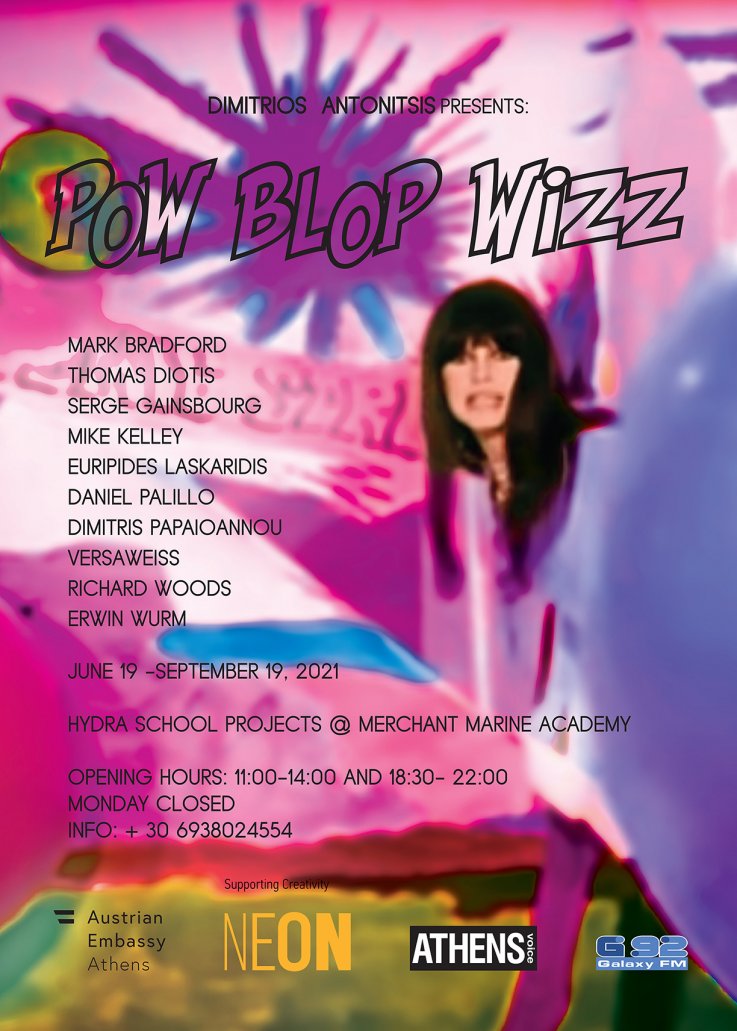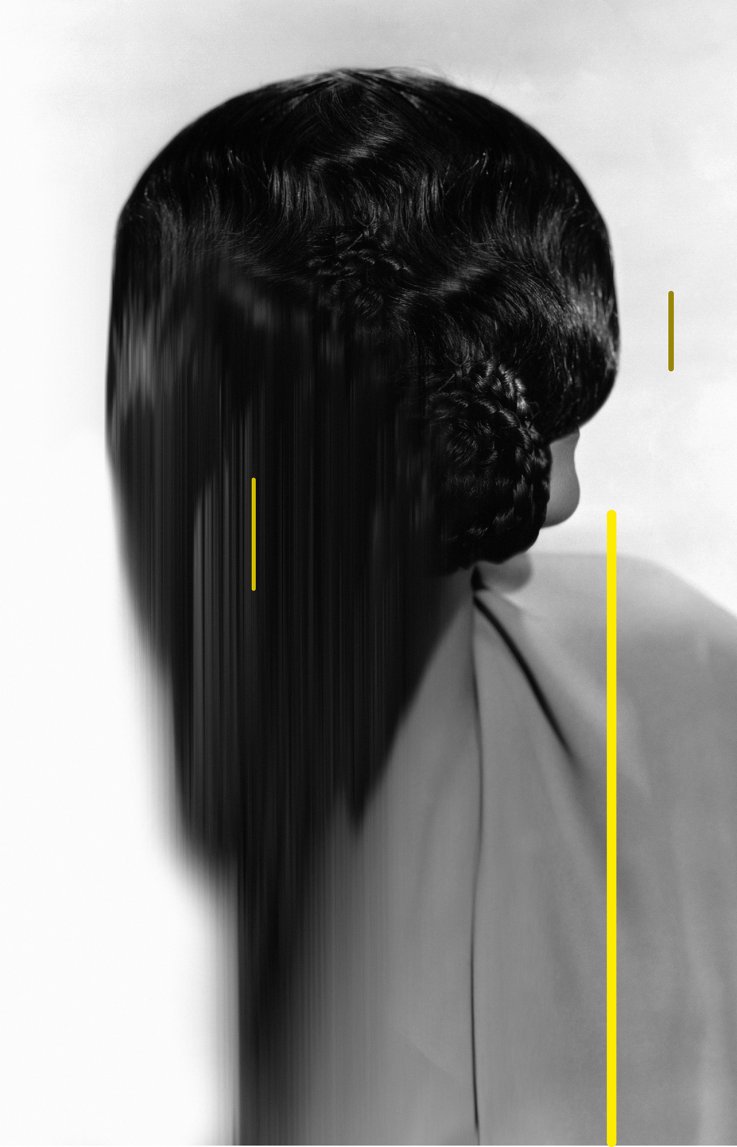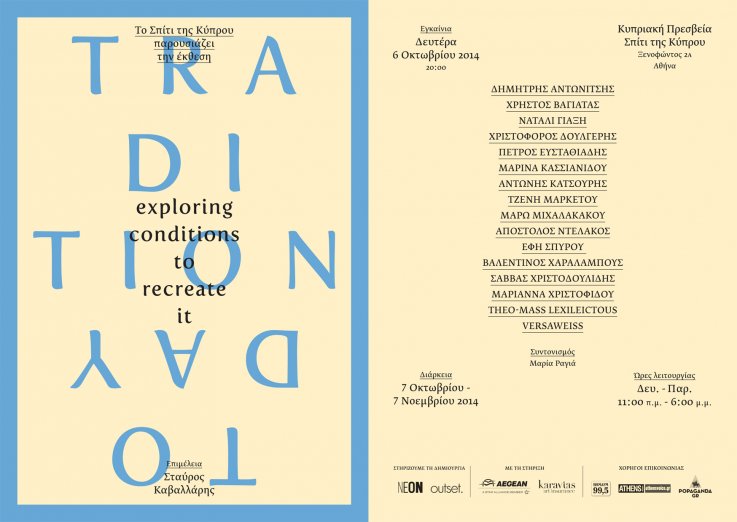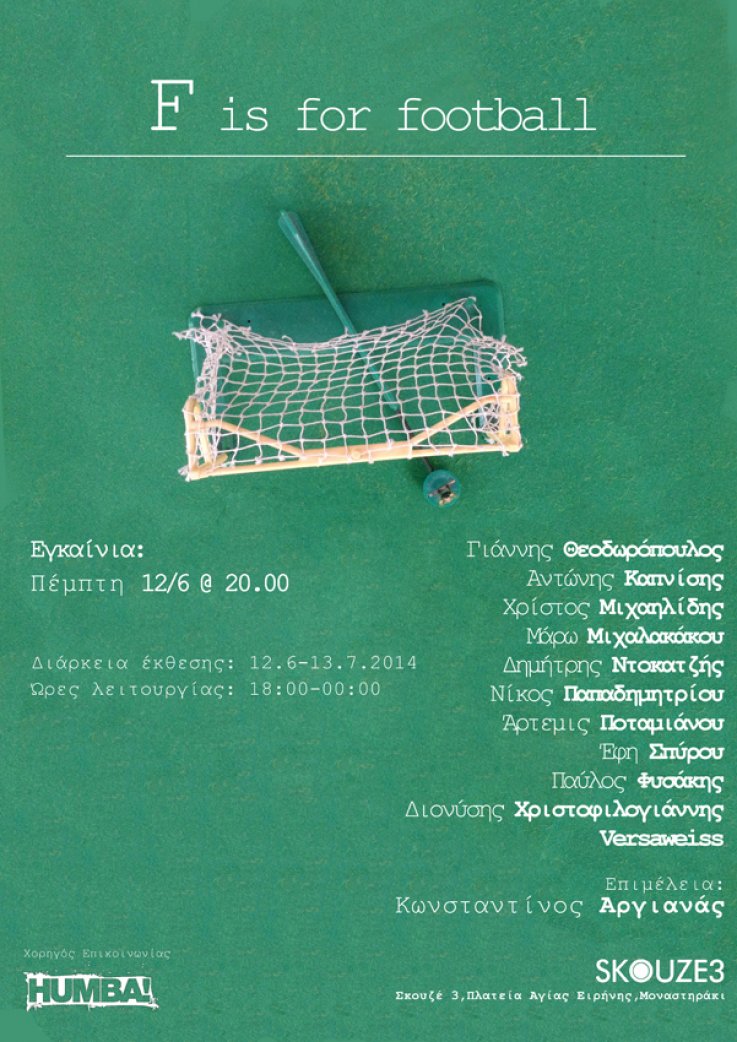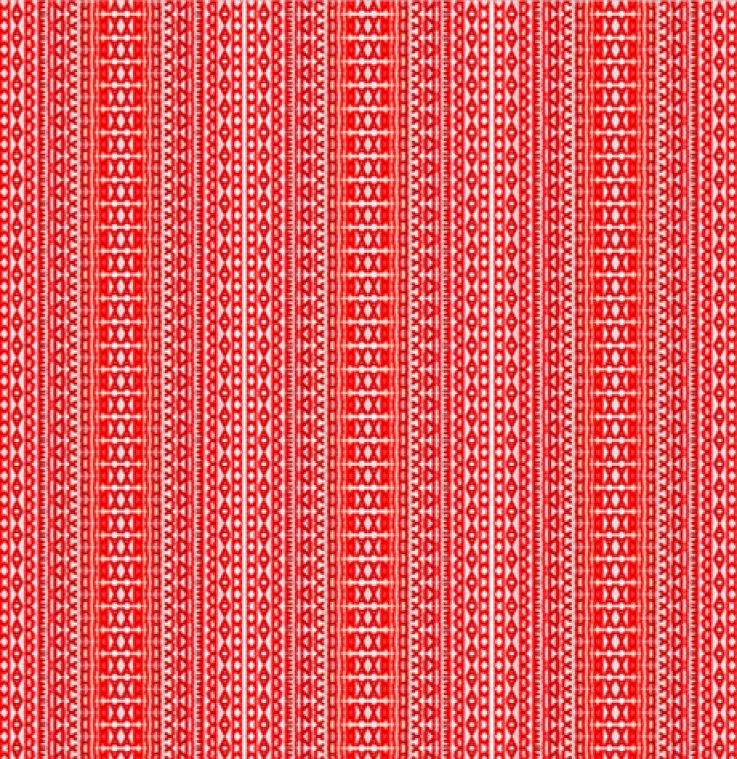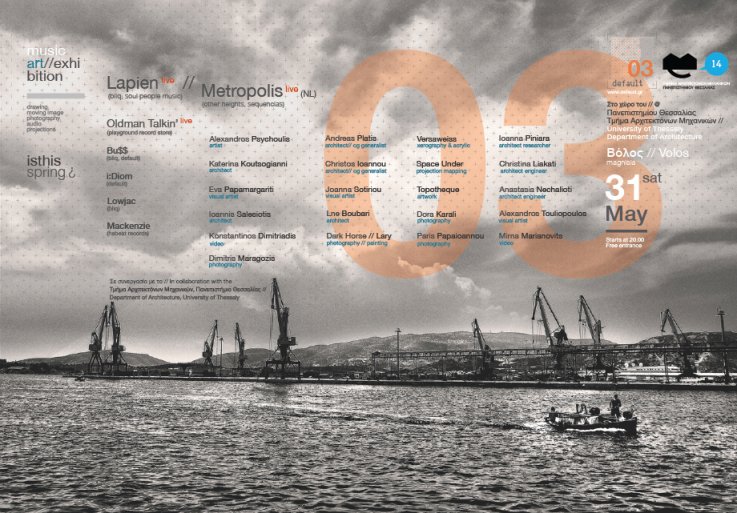Liminal - Neither here nor There
IFAC Arts // New York City • Athens • London // 25th May - 24th August 2021
Curator: Katja Ehrhardt
In his book “Liminality and the Modern – Living through the In-Between” anthropologist Bjorn Thomassen takes up liminality as any ‘betwixt and between’ situation or object, any in-between place or moment, a state of suspense, a moment of freedom between two structured world-views or institutional arrangements. It relates to change in a single personality as well as social change and transition in large-scale settings; it ties together the micro and the macro and opens the door to a world of contingency where events and meanings — indeed ‘reality itself’ — can be moulded and carried in different directions.
The idea of liminality (from the Latin word līmen, meaning "threshold) was coined by anthropologist Arnold Van Gennep in his work Les Rites de Passage 1909. In his essay in comparative symbology, anthropologist Victor Turner later develops the notion of liminality as the quality of ambiguity or disorientation that occurs in the middle stage of a rite of passage. During its liminal stage, participants "stand at the threshold" between their previous way of structuring their identity, time, or community, and a new way, established at the end of the ritual. In “Liminality and Communitas”, Turner began by defining liminal individuals as “neither here nor there; they are betwixt and between the positions assigned and arrayed by law, custom, convention, and ceremony”. He refers to this stage through the concept of the “realm of pure possibility”.
The liminal phase has frequently been likened to death or being in the womb, or equally to invisibility, darkness, wilderness.
The dissolution of order during liminality creates a fluid, malleable situation that enables new forms and structures to become established. Social hierarchies may be reversed or temporarily dissolved, continuity of tradition may become uncertain, and future outcomes once taken for granted may be thrown into doubt. The concept of liminality was subsequently recognized also in theology, performance studies, literature, psychiatry, psychology, art, and education. It passed into popular usage and has been expanded to include liminoid experiences relevant to post.industrial society. In psychology, it was applied as the technical name for the perceptual threshold, the degree of stimulus intensity sufficient to being noticed as audible, visible, or detectable in any sensory mode.
The liminoid experience, which signifies contemporary society, is achieved through separation from the old self, a transitional phase that is characterized by ambiguity and disorientation, and finally a phase of incorporation and the formation of new perspectives. A liminoid experience thus defines an undetermined set of rules that triggers a transformation in the sense of self.
This exhibition explores the liminal in the artworks of 7 contemporary Greek artists, the malleable in-between stage devoid of its former structure and of pure potential towards the emerging new. In the works of the series “Oceanic”, Alexis Vasilikos implies the dissolution of the separate self, preparing to merge with the whole represented by the ocean. Antonis Kapnisis works, initially drawn on a computer, then painted by hand on surfaces like paper and wood, negotiate the contrast between manmade and non-manmade, real and digital, creating a world “in-between” “neither here nor there”. Dionysis Christofilogiannis’ work comments on the contemporary social, economic and political disorder and the destruction of a world of former seeming safety. In his series “Feels like Home” he presents an uncanny view of reality through the image of a dystopian world, by superimposing Syrian rubble onto metropolitan city views of Athens, Rome, Paris, raising the question “Where do we stand?” Yiannis Theodoropoulos’ photographies constitute sites of absence, of memory. For him, the truth lies in mainainting the moment rather than capturing a universal story. It is the moment in between moments, however seemingly insignificant, carrying the past and yet not of it, leading into the future which is not yet there. Maraziotis’ work explores the notion, common to postmodernist thought, that viewed objects are devoid of any referential trait. He develops intimate participatory situations that question domesticity and contemporary habitation - viewers become active participants in experiencing shapes or objects and are asked to think somatically. The duo Versaweiss combines new media, digital printing and graphic design with the traditional forms of art such as photography. Through their imagery, the viewer is introduced to a fragile reality, drawing new connections regarding mental experiences and emotional states. Eva Papamargariti’s work delves into issues and themes related to simultaneity, the merging and dissolving of our surroundings with the virtual, the symbiotic procedures and entanglement that take place between humans, nature and technology. It plays with the constant diffusion of fabricated synthetic images that define and fragment our identity and everyday experience. The expression of the artworks presented take us into the heart of uncertainty and at the same time open up to the realms of pure creativity in motion.
Katja Ehrhardt completed an M.A. specializing in Performance Theory in Anthropology and Modern and Classical Indology at the University of Heidelberg. She lived, studied, and worked in the United States, Japan, India, Bermuda, Thailand, Nepal, Malaysia, Israel, and Hong Kong. She worked in arts management, international project coordination and research i.a. at the University of Heidelberg, Pruess & Ochs Gallery Berlin (Asian Fine Arts), German Academic Exchange (DAAD), House of World Cultures Berlin, and the Goethe Institute. In Athens, she developed and managed the cultural program for University programs from abroad at the Athens Centre, working together with cultural institutions and embassies in Athens. She co-curated and coordinated the arts and sciences program of the Asia-Pacific Weeks at the Senate Chancellery Berlin and the House of World Cultures Berlin. As co-founder and director of the curators and artists initiative AthenSYN, she develops, manages, and curates art projects with Greek artists and art institutions and international partners i.a. at documenta 14, Museum of World Cultures Gothenburg, Transeuropa Festival Madrid, Athens Biennale, AthenSYN Festival Berlin, and Kyiv Biennale.
Participants
Alexis Vasilikos // Antonis Kapnisis // Dionisis Christofilogiannis // Eva Papamargariti // Versaweiss // Yiannis Theodoropoulos // Yorgos Maraziotis
https://www.artsy.net/viewing-room/ifac-arts-liminal-neither-here-nor-there/works
